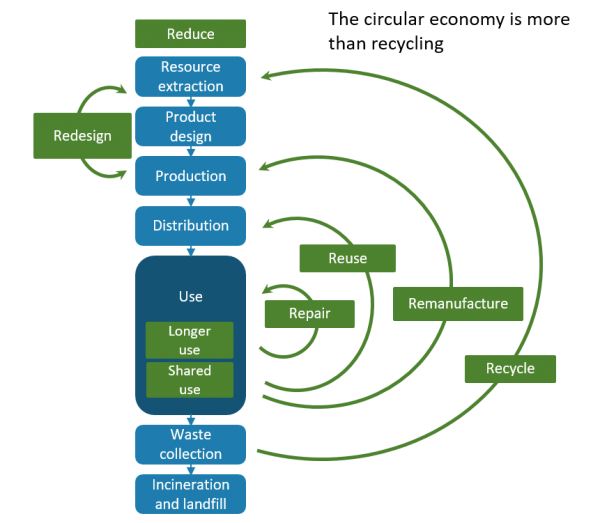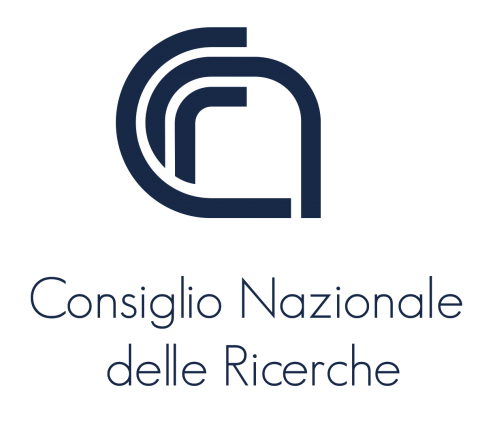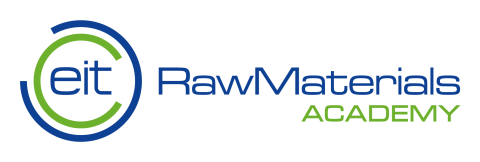ecoCEO - entrepreneurship for a circular economy!
ecoCEO brings circular economy strategies and business models to the classroom and makes students familiar with raw material challenges, circular product design and sustainable entrepreneurship!
Play, learn, and have plenty of fun!
Engage students to participate in the circular economy?
ecoCEO engages students to participate in the global challenge of creating a circular economy that manages our finite resources in a sustainable way. The shift from the current linear economy to a circular economy requires a drastic change in how we produce and consume. By learning about circular economy strategies and business models, students develop the knowledge, skills and mindset to engage in shaping a more sustainable society.
ecoCEO offers fun and engaging educational materials for the classroom, to help students build insights in the circular economy and sustainable entrepreneurship! The activities encourage independent research, experimentation, collaboration, entrepreneurship and creativity. The topics are cross-disciplinary, making them well-suited for project work related to economics, geography, science and ethics.
The circular economy, why does it matter?
Our current economy is largely linear: we mine raw materials such as oil, minerals, and metals, make products out of them and throw them away after use. Thanks to this ‘take-make-dispose’ approach, we are able to enjoy a high-living standard, wealth and comfort. It does, however, come at a high cost. One that is paid by our planet and the people living on it, without an equitable distribution of the pain and gain. The current linear model leads to social inequality, depletion of natural resources, environmental pollution and contributes to climate change. This way of working is not sustainable. It’s time we change the way we think about materials, products and waste!
The circular economy, what does it mean?
The concept of a circular economy has gained attention as an alternative system that can meet our needs, while remaining within planetary boundaries. It rethinks all aspects of the ‘take-make-dispose’ idea: how to manage resources, how to make and use products, and what to do with them at the end-of-life stage. In a circular economy, products, components and materials are kept at their maximum value and functionality. Numerous strategies can be applied to achieve this goal. Products are designed for long(er) use and reuse. They are well maintained and repaired, have a high second-hand value, can be expanded or upgraded, and can easily be taken apart and turned into new products. They are made of recycled or bio-based materials and are recyclable or biodegradable at the end of their life, reducing material losses through landfill and incineration. As such, a product’s life is extended and material cycles are closed, minimising the need for new materials and energy. At the same time, environmental pressures linked to resource extraction, emissions and waste are reduced!






